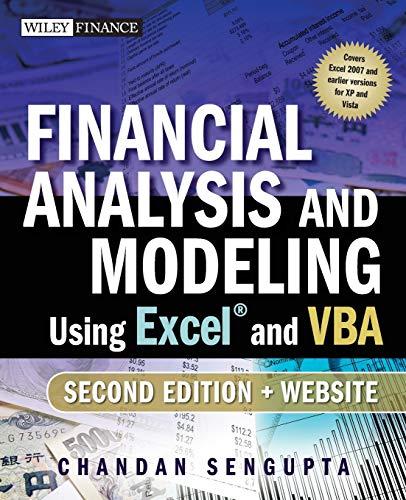Answered step by step
Verified Expert Solution
Question
1 Approved Answer
EXAMPLE 13.2 Sort It Out Assume an investment fund had the following returns (in percent) over the last six years: 6, 12, -3, 8, 2,
EXAMPLE 13.2 Sort It Out Assume an investment fund had the following returns (in percent) over the last six years: 6, 12, -3, 8, 2, and 5. What is the Sortino ratio for this investment fund? How does it compare to the Sharpe ratio? The first step is to calculate the mean return and deviations. The mean return is the arithmetic average, which is 5 percent (check this). To calculate the variance, recall that it is the sum of the squared differences divided by (N-1). Remember, to get the standard deviation, we take the square root of the variance. However, for the Sortino ratio, we only include differences for returns below the mean, which in this case would be Year 3 and Year 5. Year 1 Year 2 Year 3 Year 4 Year 5 Year 6 Sum Squared Differences Sharpe Sortino 1 0 49 0 64 64 9 9 0 132 0 9 0 For example, in Year 2, the return difference is 12 - 5= 7, so the squared difference is 49. Because the return is higher than average, however, it is not included in the Sortino ratio. Sharpe ratio = Sortino ratio 73 The variance used in the Sharpe ratio is 132/(6-1) = 26.4, and the standard deviation is the square root, which is 5.14 percent. For the Sortino ratio, the variance is 73/(6-1)= 14.60, and the standard deviation is 3.82. With these values, we can then calculate the Sharpe and Sortino ratios (assuming a risk-free rate of 3 percent): 05.03 .0514 .05.03 0382 =.39 =.52

Step by Step Solution
There are 3 Steps involved in it
Step: 1

Get Instant Access to Expert-Tailored Solutions
See step-by-step solutions with expert insights and AI powered tools for academic success
Step: 2

Step: 3

Ace Your Homework with AI
Get the answers you need in no time with our AI-driven, step-by-step assistance
Get Started


